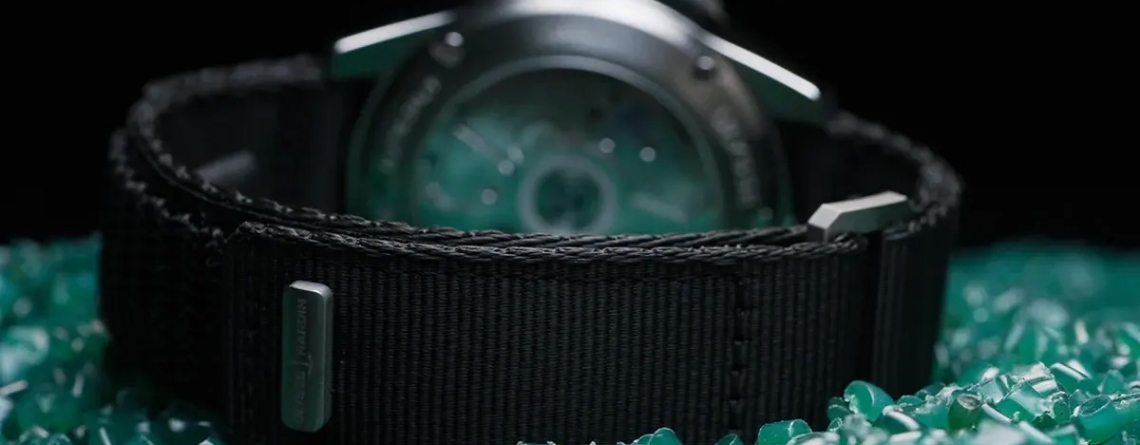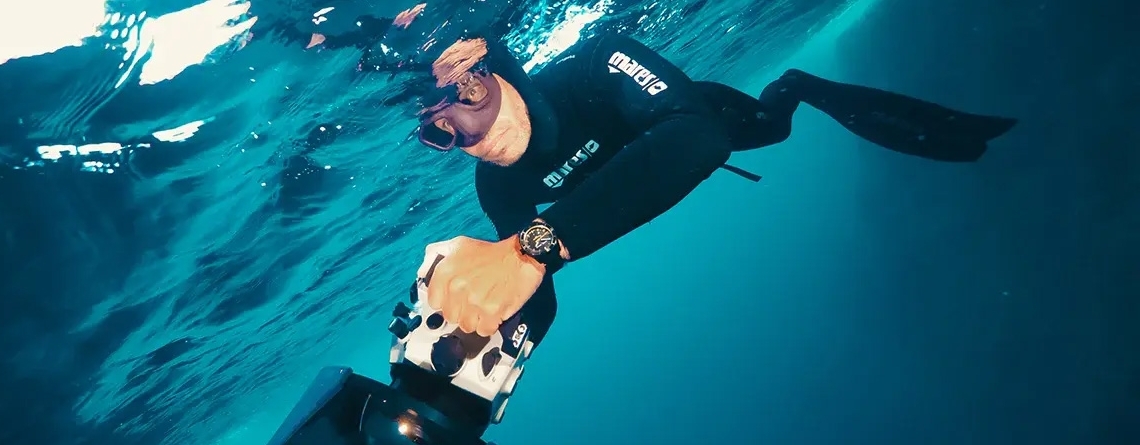Sustainable luxury: How top watch houses are driving change in the industry
In an era when conscious consumption is highly critical, the luxury watchmaking industry is increasingly under pressure to align craftsmanship with sustainable practices. High-end timepieces –traditionally symbols of heritage, precision, and social status– are thus finding themselves reimagined through the lens of environmental, social and governance (ESG) criteria.
This shift is not mere optics: several of the world’s leading watchmaking maisons are implementing concrete programmes to address their supply-chains, material sourcing practices, and production processes, as part of their long-term legacy. Here is how some of the most influential players in the global luxury watchmaking industry are embracing this transformation to sustainability.

Luxury watch brands acting on environmental impact
The Swiss luxury goods group Richemont, which is home to several of the globe’s most prominent luxury jewellery and watch maisons, has been providing an instructive, exemplary case of how a multi-brand luxury conglomerate should be responding to such pressure. In recent ESG reports, Richemont reaffirms its commitment to maintaining a centralised sustainability framework and governance structure.
On the environmental front, subsequently, the efforts to increase renewable energy use, reduce emissions and improve traceability throughout the supply chain keep increasing. Arguably, this commitment signals a broader trend in the industry: the luxury watchmaking sector now acknowledges that product longevity must go hand in hand with brand responsibility and transparency.

Cartier’s reputation as a responsible jeweler
Within Richemont’s stable, the maison Cartier stands out for its early and public commitment to responsible luxury. Cartier describes itself as ‘a reference in the world of luxury’ whose duty is not only to produce exceptional goods but to set standards of conduct across the jewellery and watch‐making world, thus embedding responsibility into the very heritage and narrative of the brand.
Cartier’s timeless luxury meets environmental consciousness, as it has been among the founding members of the Responsible Jewellery Council (RJC), helping promote accountability in sourcing precious metals and gems. Cartier has also launched industry-wide collaborative initiatives for climate resilience, preserving natural resources, and building a responsible supply chain.

Ulysse Nardin: A commitment to sustainability
The watchmaker Ulysse Nardin, known for its marine-chronometer heritage, has taken its oceanic inspiration seriously by embracing sustainability both materially and symbolically. In recent reporting, the brand emphasises a commitment to material innovation and supply-chain localisation, in a manner that reflects product sustainability aligned with Ulysse Nardin’s very DNA: from the sea to the wrist.
Ulysse Nardin has entered partnerships and product initiatives reflecting this ethos: for example, its collaboration with The Ocean Race signals the brand’s commitment to marine conservation, as well as the responsible treatment of the world’s oceans. Product-wise, models such as those made using recycled steel, fishing net-derived materials or other circular-economy innovations show how deep the brand is willing to go.


